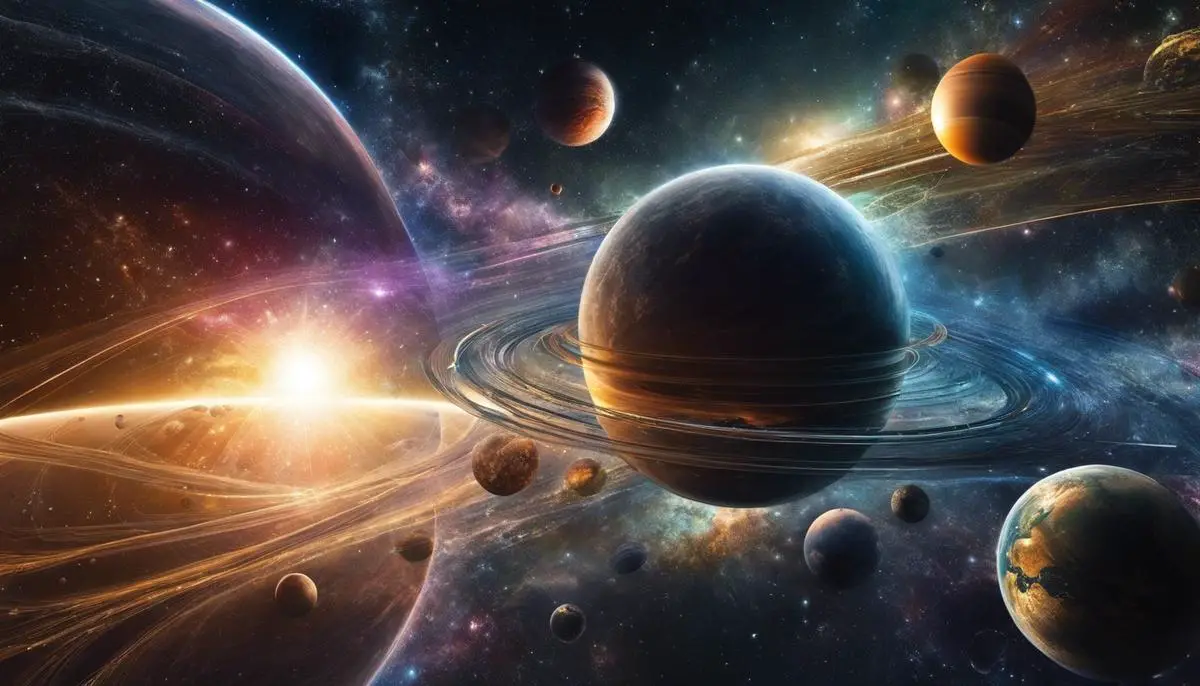The concept of a multiverse, a collection of co-existing realms of reality, has long tickled the human imagination, emerging from the distant shores of science fiction to find its place among serious scientific inquiry. At the very forefront of this profound intrigue stands the theoretical construct of a Type 10 civilization—a society so advanced that its reach extends beyond the stars in our own universe, into the very fabric of the multiverse itself. In this exploration, we embark on a journey that transcends our earthly confines, inviting readers to step into realms that challenge the very essence of our understanding. As we lay the foundation of what we perceive as the multiverse, we steel ourselves to envision the unimaginable technologies and ethical quandaries faced by a civilization at the pinnacle of cosmic mastery. The horizon of human understanding is about to expand exponentially; prepare to glimpse a future unfettered by the limitations of our present-day reality.
Understanding the Multiverse Concept
The Multiverse Theory Unpacked: Beyond Our Cosmic Horizon
The notion of a multiverse suggests that our universe, vast and incomprehensible though it may seem, might be just one of an enormous number of universes, each with its own laws of physics and cosmic makeup. Popularized by both scientific speculation and science fiction, the multiverse theory extends far past our observable universe, opening the door to infinite possibilities.
Picture our universe as a bubble floating in a sea of endless foam, where each bubble represents a separate cosmos within the multiverse. This isn’t a singular concept but rather a canopy that shelters various multiverse hypotheses. One prominent idea arises from the inflationary theory—the idea that after the Big Bang, the universe expanded exponentially before settling into a more gradual expansion. Proponents argue that inflation could occur in other regions besides our own, giving rise to multiple, disconnected universes.
Another multiverse angle comes from quantum mechanics, specifically the Everett interpretation, also known as the ‘Many-Worlds’ hypothesis. Here, the universe splits into a multitude of parallel realities upon every quantum decision or observation—resulting in a staggering array of alternate histories.
String theory too contributes to the multiverse dialogue. This theoretical framework postulates that what we perceive as particles are actually one-dimensional “strings” vibrating at different frequencies. String theory necessitates multiple dimensions beyond our familiar three of space and one of time, and some versions imply a landscape of numerous universes with varying dimensional settings.
Each proposed model of the multiverse bears implications that stagger the imagination. If multiple universes exist, they may spawn scenarios beyond the laws of physics we know, harbor different versions of ourselves living out every conceivable variation of our lives, or be so fundamentally different that life as we understand it can’t exist there.
Critics of multiverse theories often highlight the absence of direct evidence and the challenge of testing these ideas. As fascinating as they are, without empirical confirmation, multiverse theories remain in the realm of educated conjecture.
Despite the skepticism, interest in the multiverse continues to hold sway in the scientific community, driven by the tantalizing potential to answer profound questions about existence itself. Could there be communication or travel between these parallel universes? Might they play a role in untangling the mysteries of dark matter or dark energy? These are questions that push the boundaries of current understanding.
As technological advancements march on, who knows what future evidence might emerge to substantiate or debunk the multiverse theory? Visionaries and technophiles eagerly await the day that new tools could peer further into the cosmic depths, perhaps unveiling the truth behind this ultimate question of parallel worlds.
For now, the multiverse remains a profound and provocative consideration, a reminder that the limits of our universe may be just the beginning.
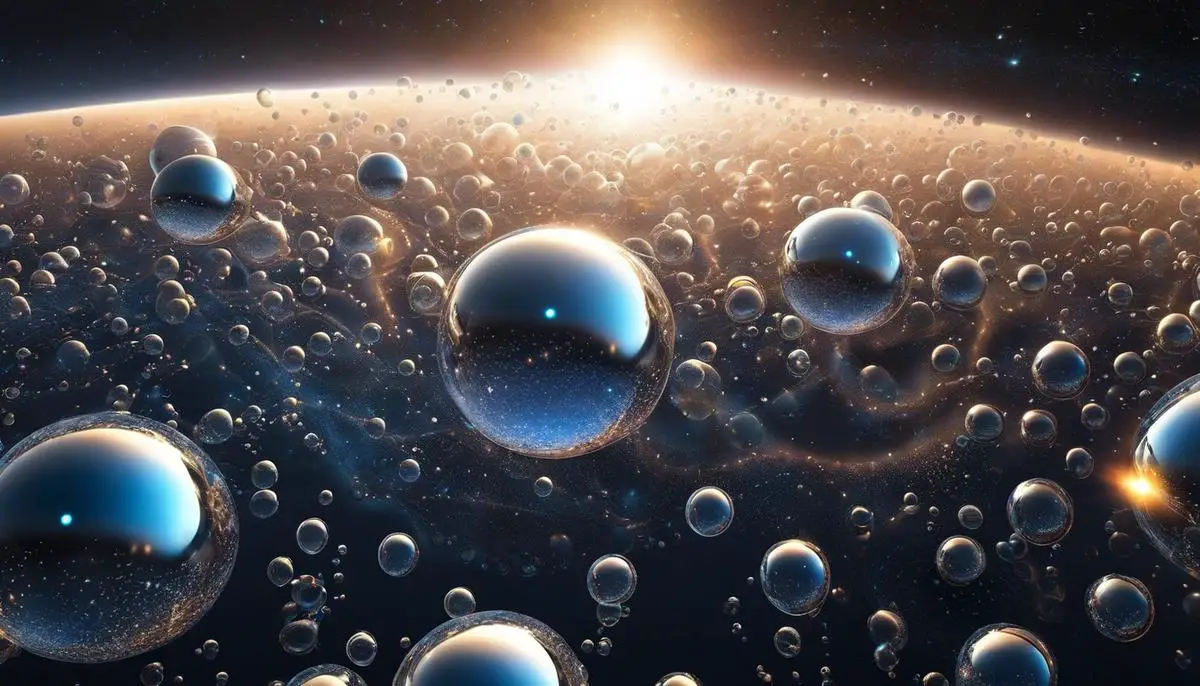
Defining Type 10 Civilizations
Venturing Beyond the Stars: The Intricacies of Type 10 Civilizations
Type 10 civilizations transcend the already staggering capabilities of Types 0 through 9, which progress from harnessing the energy of a planet to encapsulating the power of galaxies. The classification, placed at the pinnacle of the Kardashev scale—a theoretical framework for measuring a civilization’s technological advancement based on energy consumption—defines Type 10 civilizations as masters of energy on a multiversal scale.
Such civilizations would not merely tap into the vast energies of cosmic constructs but rather the collective might of multiple universes within the multiverse. It’s an idea that stretches the imagination to its limits. Having evolved beyond the confines of even space-time manipulation as seen in lower-tier civilizations, Type 10 entities command the energy and phenomena across several existential planes—each with its laws of physics and dimensional properties.
The notion of harnessing energy from parallel universes is no small feat. This would require the capability to interact with different realities at will, possibly through advanced forms of quantum entanglement or manipulation of the very fabric of the multiverse itself. Furthermore, the existence of such civilizations could signify the mastery of creating or destroying universes. The implications of such power hint at virtually omnipotent beings, with technology so advanced it merges with the foundations of reality itself.
In essence, their technology would be indistinguishable from what many consider magic or divine power. Conceiving the day-to-day reality of these beings pushes human understanding to its outermost boundaries—where creation, annihilation, and transformation happen at a whim.
For Type 10 civilizations, energy is not a resource that is consumed but a playground for their existential expressions. They may engineer cosmic symphonies or construct realities as one would a sandcastle on the beach—effortlessly and ephemerally.
Statistical discussions or practical investigations into Type 10 civilizations remain speculative. Instances of such entities are yet to appear within the observational reach of humankind’s current astrophysical advancements. Technology would need to leap exponentially to peer into these realms of the multiverse, let alone to interpret and understand the advanced science that operates there.
While mainstream science currently offers no concrete evidence for the existence of Type 10 civilizations, their theoretical framework resides within the tapestry of the multiverse and remains a tantalizing notion for those captivated by the potential boundaries of cosmic evolution. The exploration of these possibilities continues to fuel debates and imaginative thought experiments, bridging the gap between theoretical physics and speculative cosmology.
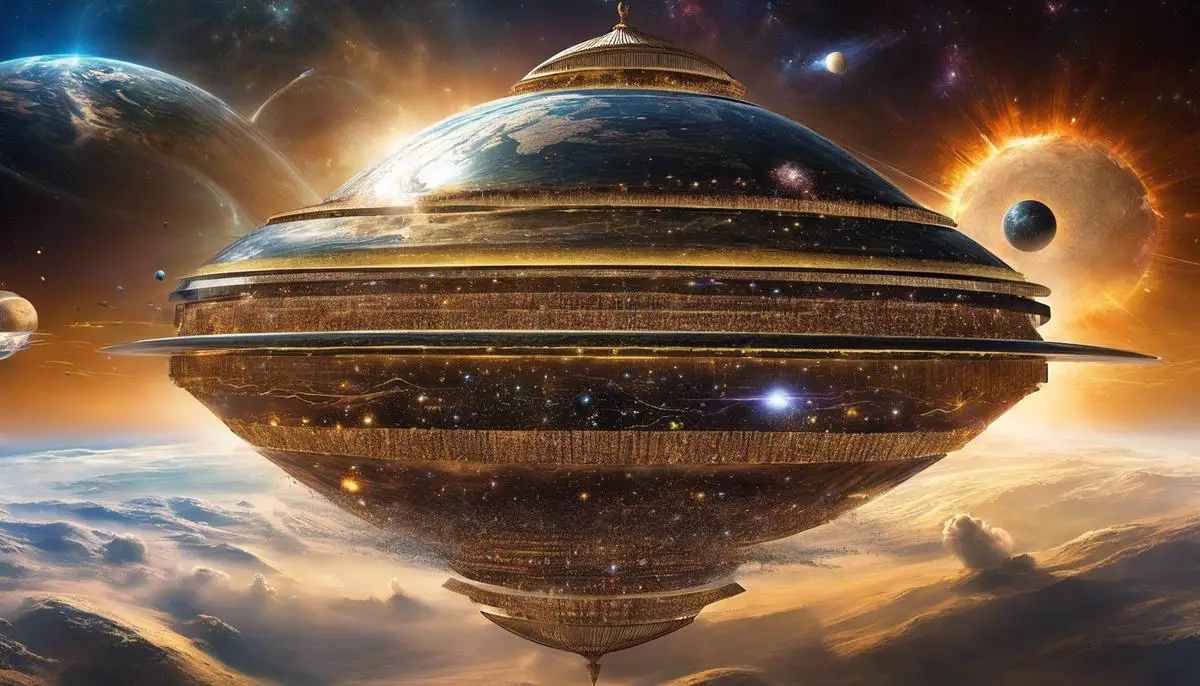
Technological Requirements for Multiverse Manipulation
Harnessing the Multiverse: A Technological Marvel
Delving into the fabric of the cosmos, technology capable of exerting control over multiple universes remains a tantalizing fantasy — one that hinges on virtually inconceivable advancements. If such a feat were ever to be possible, it would necessitate innovation several notches above anything currently within grasp. No mere tweak to existing paradigms, but rather a seismic shift — a herald of an unprecedented era where the distinction between reality and science fiction blurs.
To grasp the enormity of controlling multiple universes, it’s essential to discern the vast energy requirements. Curating control over a single universe, let alone multiple, implies an entity harnessing energies dwarfing our sun’s output in a way that’s unfathomably efficient and sustainable. This introduces a concept of “trans-universal” technologies, instruments, and mechanisms capable of functioning across different universal constants and laws of physics.
Theoretically, a Type 10 civilization could construct megastructures around rogue black holes in alternate realities, harvesting energy from these celestial titans. These feats presume a mastery over quantum entanglement — effectuating action simultaneously across different realms. Such advancements could open portways between universes, allowing energy and information transfer, an epicenter of interaction continually fed by the boundless supplies of a multiverse’s myriad realities.
Another speculative mechanism could involve utilizing the principles of dark energy and the cosmological constant. It’s conceivable that an advanced civilization might develop a method to modulate the cosmological constant, permitting them to sculpt the expansion and contraction of space-time itself. In doing so, they could potentially navigate and link disparate universes, bending them to will in an orchestrated symphony of creation and innovation.
At the precipice of this cosmic exploration stands the concept of quantum computers on a scale we can scarcely fathom. These theoretical constructs would process variables in an instant that a current supercomputer would labor over multiple lifetimes. Taming the chaos of a multiverse may well depend on computational power so prodigious that it merges with the very essence of consciousness, enabling decisions and predictions at the juncture of all conceivable probabilities.
Alongside the enormity of physical energy comes the requisite evolution of consciousness and understanding — an intelligence boundless as the universes it seeks to sway. Yet, as grandiose as these ideas sound, the technologies to achieve these wonders firmly reside in the realm of conjecture, as concrete evidence stays elusively out of reach.
Nevertheless, progress is an eternal march, with each step redefining the boundaries of possibility. Although current tech falls short of multiverse domination, understanding and theorizing about such feats expand the frontiers of human ingenuity. Contemporary science may well be laying the foundational stones upon which the scaffolding of tomorrow’s miracles will rise.
Ultimately, as we gaze into the starry abyss, pondering over the profundity of controlling multiple universes is more than an exercise in fanciful thought; it’s a reflection of humanity’s insatiable quest to grasp the ungraspable, to achieve the unimaginable. Whether such control remains ever just beyond our horizon or awaiting us in a brightly unfolding future, only time will unfurl the cosmos’ deepest secrets.
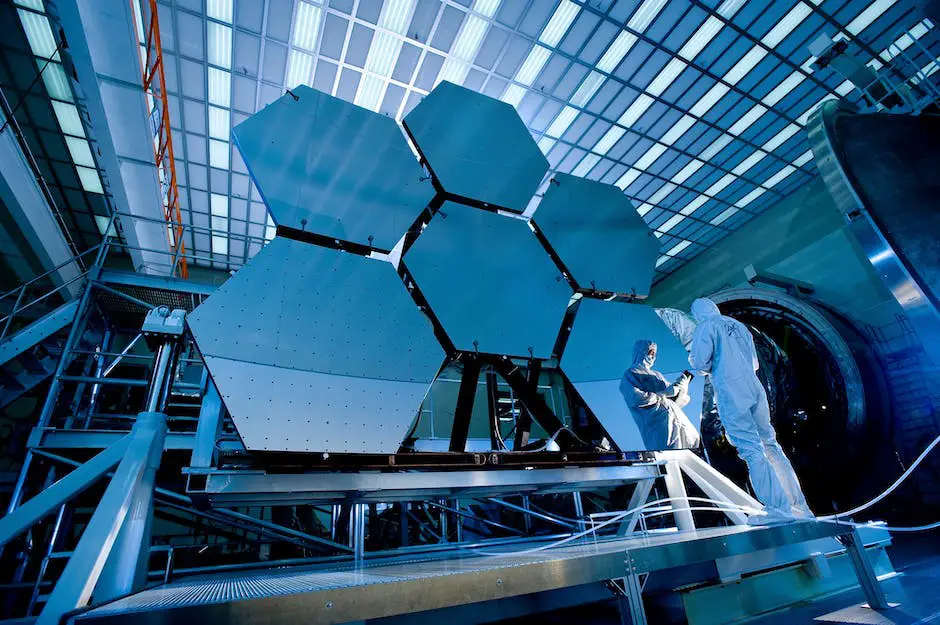
Ethical Considerations and Responsibilities
Ethical Dilemmas of Multiverse Manipulation
The prospect of manipulating multiple universes offers a breathtaking panorama of possibility. At the forefront, the ethical implications demand robust scrutiny. Notably, exercising control over alternate realities introduces paradoxes that ripple through the fabric of morality itself.
Consider the potential for causing harm in another universe—a dilemma rooted in the Non-Maleficence principle. If actions in one universe adversely affect another, where does moral responsibility fall? In grappling with this, theorists argue the accountability extends across all realities impacted by said actions. It’s a profoundly weighty notion, suggesting that the ethics of one universe are bound to those of another.
The act of intervening in the trajectory of a universe taps into the ethics of creation and destruction. Should entities with such power have dominion over the birth or end of entire worlds? This question resonates with the stewardship-versus-domination debate. It’s an elaboration of the age-old conundrum about playing a deity, now refracted through the lens of cosmic scale capabilities.
The concept of informed consent is revolutionized when contemplating multiverse manipulation. Current ethical models mandate informed consent for any entity affected by experimental actions. However, applying this to innumerable universes with potential life forms unknown to us poses a conundrum that stretches informed consent to its breaking point. How does one secure consent from countless beings in an infinite array of realities?
Privacy concerns warp into new dimensions with multiverse surveillance. A reality where one could peer into the alternate lives of individuals raises unprecedented complications. It forces a reckoning with whether there’s a right to privacy from trans-universal observation—and if so, how to uphold this right.
Resource allocation introduces another ethical debate. If technology allows energy extraction from alternate realities, the question of resource rights emerges. Does one universe have the right to exploit another’s resources? This intersects with issues of cosmic environmentalism and fairness across multiple planes of existence.
Questions around the greater good confound ethical decisions further. If intervening in another universe could prevent existential threats in one’s own, does the end justify the means? Balancing universal welfare against localized interests is already convoluted within a single universe. When expanded to countless others, this becomes a calculus of incalculable complexity and stakes.
Finally, the implications of altering another civilization’s path evoke reflections on cultural imperialism and ethical relativism. Multiverse manipulation could, theoretically, impose one universe’s values on another, violating cultural integrity and spawning issues that echo terrestrial colonial practices, but on an interdimensional canvas.
Cutting through these ethical thickets requires a methodical approach, combining filigreed theoretical ethics with incisive practical considerations. As with any nascent field, defining the ethical compass for multiverse manipulation is iterative, one that involves ongoing dialogue, reflection, and critical analysis. For proponents eager to harness its potential, and skeptics wary of its dangers, the conversation is not just timely—it’s vital. The magnitude of the discourse matches the boundlessness of the multiverses it seeks to navigate.
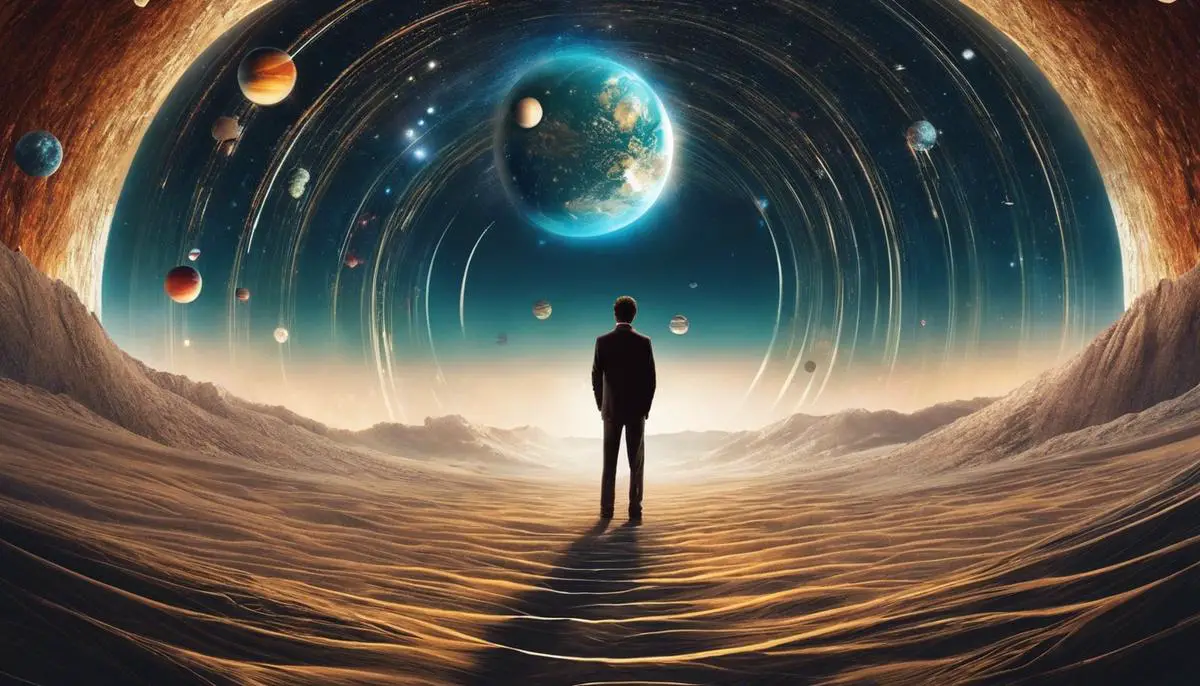
Real-World Applications and Implications
Considering the vastness and the largely speculative nature of multiverse manipulation, it seems almost inevitable that this science-fiction-like narrative could potentially echo into our own universe. The ripples created by multiverse manipulation, although currently theoretical, carry profound philosophical and existential questions. If multiverse theory is accurate, the actions taken in one universe could conceivably affect an incalculable number of parallel worlds.
The enormity of the implications is hardly overstated. Take, for example, the technological leap needed to manipulate not just our own spacetime continuum but potentially an infinite array of universes. This suggests a level of technological sophistication that far surpasses our current capabilities. If, in a distant future or in a Type 10 civilization as previously discussed, this became a reality, the technology at play would likely be as incomprehensible to us as modern smartphones would be to ancient civilizations.
Multiverse manipulation posits the mastery over fundamental forces such as gravity, electromagnetism, and perhaps forces not yet discovered. Imagine technologies capable of reframing the very fabric of a universe—altering the physical constants or the rules that govern reality. Such power could allow for redefining conditions to favor life, avert cosmic disasters, or even as a way to conduct inter-universal travel.
In terms of effects on our own universe, harnessing energy from parallel universes or employing quantum entanglement across dimensions could reveal new resources or methods of communication. It may answer critical questions related to dark matter and dark energy, unifying the forces of nature, or unlocking the mechanics behind the Big Bang.
However, with great power comes great responsibility. Multiverse manipulation introduces a moral dimension that extends beyond our universal frontiers. Ethical frameworks would need an overhaul to address not just the wellbeing of our universe’s inhabitants, but of those living in parallel worlds we might influence. Navigating this moral maze would require wisdom that, perhaps, only civilizations engaged in such manipulation would possess.
Moreover, there are implications for our understanding of destiny and free will. If our universe can be manipulated from the outside, what does that say about the course of our history, the evolution of life, and the future of humanity? It suggests an interconnectedness that may place us as both pawns and players in a multiversal chess game.
And yet, these thoughts remain in the realm of the hypothetical. Concrete evidence eludes us as of now. But, with the relentless march of progress, it’s not outlandish to ponder when, not if, the boundaries of knowledge will stretch into the realms once reserved for the gods.
Therein lies the enthralling prospect: as our grasp of the universe broadens, as our technology evolves, we might one day look upon the multiverse not with wonder, but familiarity. The manipulation of such a prospect changes the endgame, setting the stage for a future that stretches beyond the limits of our current imaginations, where the cosmos is not just home, but a canvas for civilization’s grandest designs.

Photo by kirstenalana on Unsplash
The Future of Multiverse Theories in Science
Peering Beyond the Known: The Continual Push in Multiverse Exploration
Diving deeper into the realms of multiverse theories, the future of science beckons with a promise of unfathomable discoveries. The dialogue, far from ceasing, is gaining momentum as contemporary science relentlessly pursues the reality of multiple universes. With monumental strides in physics and cosmology, researchers grapple with the vast possibilities that multiverse theories herald.
The pursuit of understanding parallel realities ushers in a new epoch where the limitations of our universe may just be the beginning. Envisioning the Kardashev scale further, experts speculate on the capacities of civilizations that could harness the energy not just of a star or a galaxy but of an entire universe or a network of universes.
A Type 10 civilization, a hypothetical pinnacle on the Kardashev scale, embodies the mastery of energy across a multiversal canvas. The scale itself, however, seems modest when juxtaposed with this grandiose concept. A civilization of this magnitude would navigate and perhaps even create or destroy universes, their feats appearing as acts of gods to lesser advanced societies.
To even fathom the technological prowess of such civilizations, one must step into the realm of speculative science, where imaginative projections meet the boundaries of current understanding. Harvesting energy from black holes and utilizing quantum entanglement for communication across universes—are these but a glimpse into our own future or mere science fiction?
Fascination grows as theory paints a picture of civilizations manipulating the very cosmological constants of nature, wielding control over space-time itself. Quantum computers, barely in their infancy by today’s standards, might someday process the colossal data streams necessary for trans-universal operations.
Despite these mind-expanding visions, the concrete evidence remains as elusive as the nature of the dark energy permeating our universe. With each theoretical leap, practical applications and empirical findings lag behind, but the drive for knowledge persists undeterred. Scientists continue to theorize, run simulations, and construct frameworks that could one day be the foundation of navigating the multiverse.
Pushing into this brave new realm, ethical considerations surge to the forefront. The non-maleficence principle looms large, a sobering reminder of the potential risks in tampering with the fabric of universes. A cascade of moral quandaries arises—what does stewardship mean when one holds the power to create or destroy whole worlds?
The ethics of multiverse manipulation straddle a complex landscape where every action could ripple across infinite realities, challenging preconceived notions of responsibility and privilege. The principles that govern our decisions within a single universe strain under the weight of trans-universal implications.
As science edges closer to the once distant dream of multiverse manipulation, a paradigm shift becomes palpable. The exploration of multiple universes invites a reevaluation of existential truths, setting the stage for a cosmic revolution. Destiny, free will, and our very notions of reality are up for a grand reimagining in this ceaseless quest.
Poised at the cusp of such revelations, humanity’s present understanding could very well be the stepping stone to an era of multiverse familiarization, where manipulation of alternate realities transcends speculation. The fabric of the cosmos beckons, and with it, the promise of advancing our grasp to levels previously unattainable, propelling civilization into a future bordering the realms of the infinite and the transcendent.

Embarking on this thought experiment has allowed us to stretch our conceptual boundaries and peer into the intellectual expanse where a Type 10 civilization’s potential holds sway over the multiverse. We’ve teased apart the fabric of theoretical physics, contemplated the ethical fiber of such incredible power, and imagined how even the echoes of these distant possibilities might resound through our own technological evolution. Though the true nature of a multiverse remains enigmatic and the ascent to a Type 10 civilization an exercise in theoretical projection, it is in the spirit of human curiosity and relentless pursuit of knowledge that we continue to explore these profound ideas. As the path of scientific discovery uncoils before us, each step taken in understanding brings us ever closer to grasping the true potential of our universe—and perhaps, the many that lie beyond.
![]()
